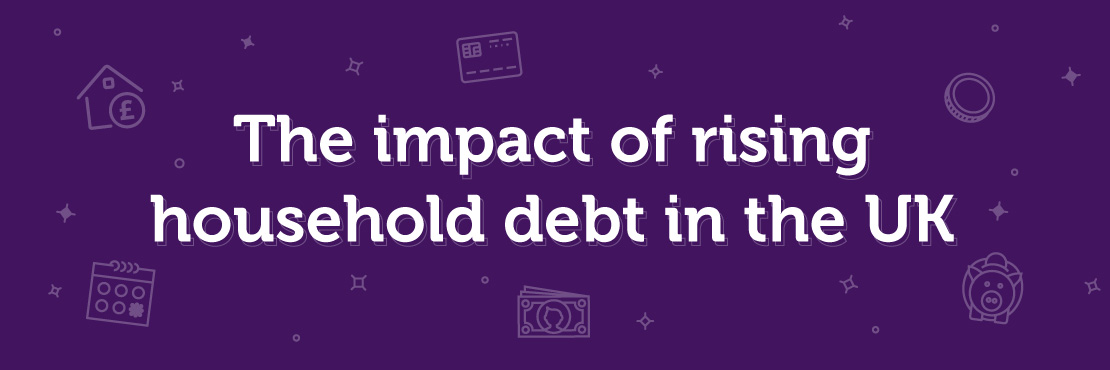
In the face of the challenges presented by the coronavirus crisis, financial service providers have to find new ways to make sure their contact centres are as efficient as possible. Here’s how an omnichannel chat strategy can help.
- Why the finance industry needs to consider multichannel customer communication
- It’s faster
- Mobile messaging channels are more convenient
- It’s more accessible
- It’s a chance to become more customer-centric
- You can boost internal productivity
- Top ways financial service providers can use multichannel messaging
- Transforming customer communication in financial services with mobile messaging
In our survey of 5,000 global consumers, we found that speed of response, willingness to help, and convenience were among the most important factors that contributed to a great customer experience. And yet, 15% of businesses still only offer one method of communication.
This can easily lead to one communication channel becoming clogged with communications and waiting times as long as 85 minutes, which can seriously impact the quality of your customer experience. What can be done to better connect customers with the services they need without needing to invest in more call centre resources?
Why the finance industry needs to consider multichannel customer communication
Over 37% would prefer to self-manage their financial affairs via a secure, automated system that removes the need for human contact. Additionally, one in three consumers expect responses to their queries within 3-5 hours. This is where mobile messaging channels really have their chance to shine.
Here are just a few of the top benefits.
It’s faster
From payment reminders and planned system downtime to reaching out to customer service, it’s much faster and easier to keep customers informed when you use SMS, RCS, and WhatsApp Business Platform for finance.
Learn more about SMS solutions in the financial sector here.
Mobile messaging channels are more convenient
Rather than waiting in a queue (virtual or otherwise) or staying on live chat, mobile messaging channels allow customers to manage their financial affairs even when on the go . It’s easy to pick up conversations where they left off.
When you take a multichannel messaging approach, you allow your customers to choose their preferred comms channel. Enhance this experience by integrating your back office systems (e.g. CRM and ERP solutions) with your communications platform so your customer support team can tailor conversations to individual customers.
It’s more accessible
With 91% of the world owning a mobile phone, mobile messaging is a highly accessible channel for the majority of your customers. By providing various ways for your customers to get in touch with you, they’re more likely to find a channel that best suits them.
You will be meeting them where they’re most likely going to be found, boosting overall customer experience.
It’s a chance to become more customer-centric
When it comes to finance, 69% of people would prefer not to speak to someone and to control their own financial affairs. So, by offering a variety of mobile messaging channels as a way for your customers to reach out for assistance and send them important notifications, you’re meeting their needs.
You can boost internal productivity
Automation, such as chatbots and automated decision engines, can help your customers at any time or place. For example, a chatbot can handle frequently asked questions, freeing your team up to support more complex issues or vulnerable customers.
A decision-based engine can choose the best channel and type of message to send to individual customers based on the data it has on file (e.g. contact details, opt-in requirements, account details), creating a more frictionless customer journey.
Top ways financial service providers can use multichannel messaging
- Two-way conversations.
- Rich messages – send links to branded landing pages within your SMS messages or include images, interactive buttons and videos within your RCS and WhatsApp messages.
- Account balance alerts.
- Opening hours updates.
- Planned system downtime notifications.
- Security alerts.
- Multifactor authentication.
- Feedback and survey requests.
Transforming customer communication in financial services with mobile messaging
Technology, like mobile messaging solutions, can help financial services providers overcome various industry challenges, from saving call centre resources to improving the ability to identify financially vulnerable customers. Want to learn more about how the likes of SMS, RCS and WhatsApp Business Platform can close the gap between what customers expect and the service they actually receive?
Download our guide to collecting debt which breaks down the results of our global consumer survey and explains how businesses like yours can adopt a more empathetic customer comms approach.



